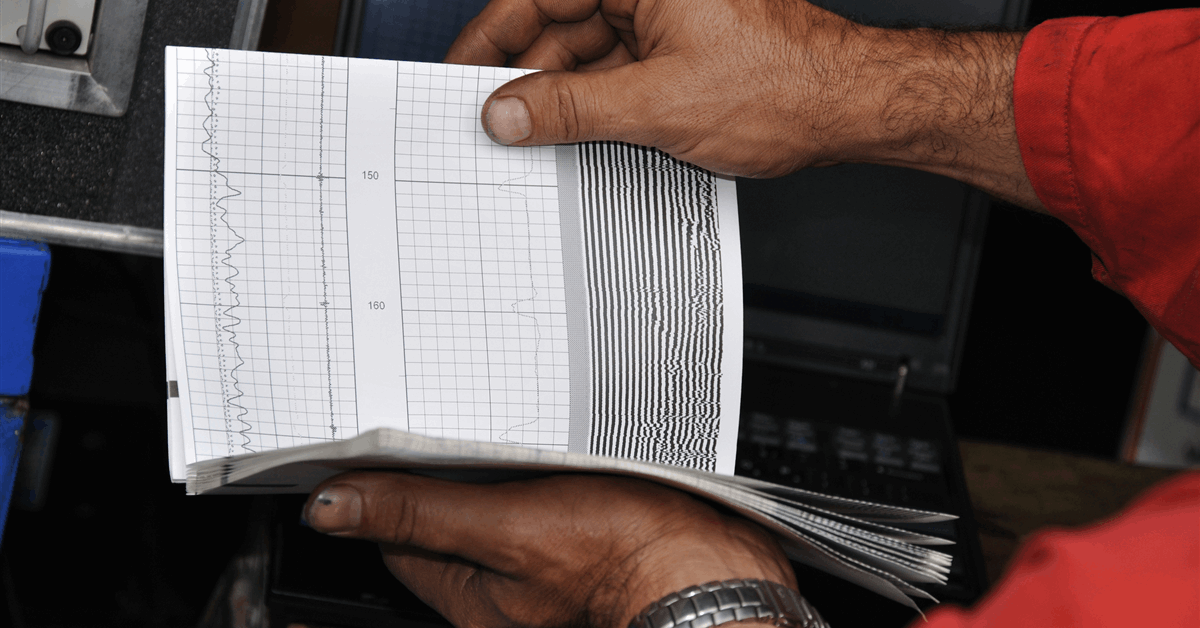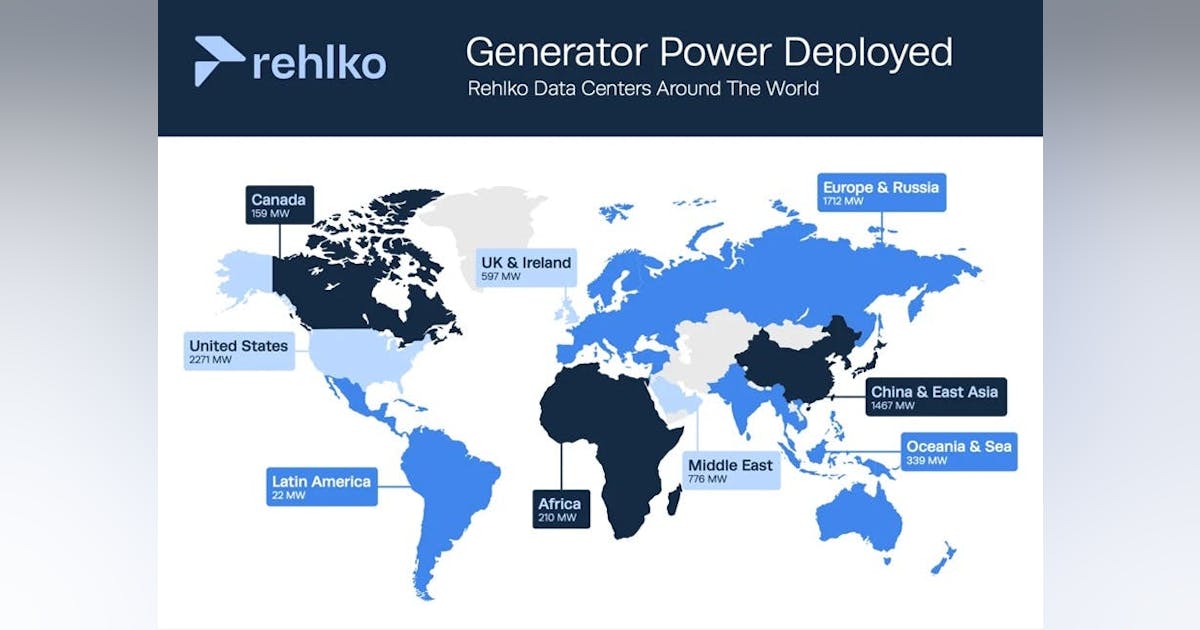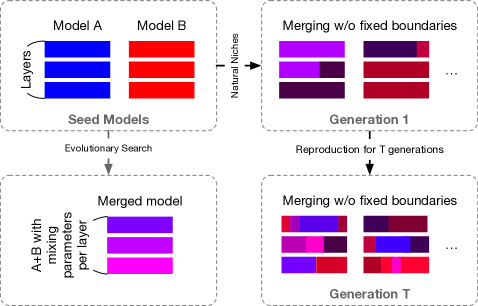
Key factors behind inadequate issue prevention and mitigation include:
- Inefficient workflows slow issue response: 53%
- Understaffing as a key challenge: 36%
- Lack the right tools: 13%
“Companies often default to solving problems with technology first. But if they don’t get the results they were expecting, they are left wondering why. So while they may buy the best-in-class tool to solve all their problems, they tend to forget about how people leverage the tools. They buy seats but forget the people sitting in them.” Gazarek stated in the report.
Critical issues lead to poor customer experience
Consequences of poor operational resilience often fall on customers, according to the report.
The survey found that 71% of respondents note customer experience as a core concern stemming from critical issues and systems outages. About one-third (32%) of those surveyed said they lost revenue from outages and other critical issues, and more than one-quarter (28%) cited brand damage as a result of poor performance and customer experience.
More than half (55%) of organizations measure performance metrics such as mean time to detect, acknowledge, or repair (MTTx), but 45% of those surveyed reported they do not track MTTx metrics. Among the most common reasons why respondents don’t use MTTx include:
- Lack of awareness: 38%
- Difficultly measuring accurately: 16%
- Prefer alternative performance metrics: 16%
- Not relevant to operational goals: 14%
- Resource constraints preventing implementation: 8%
- Would highlight deficiencies: 6%
Of those respondents measuring performance metrics, nearly one-quarter (73%) say that tools have the greatest impact on reducing MTTx, workflows come in a close second (67%), and teams land in third place, with 44% saying people play the largest role in reducing MTTx metrics.





















